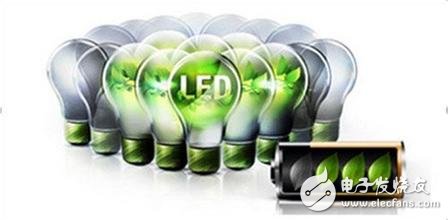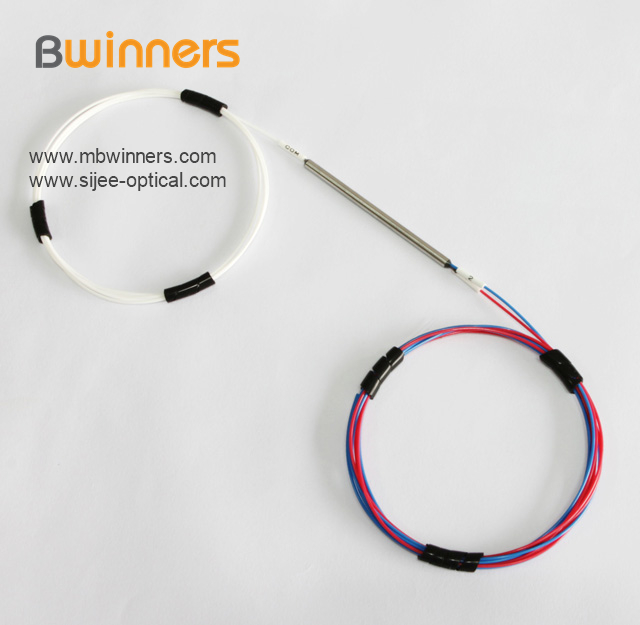In the year of accelerating the global market for LED lighting, Samsung Electronics, one of the world's top ten LED manufacturers, announced this week that it has withdrawn from the LED lighting market outside Korea. Samsung said that it will focus on the upstream core components of LEDs in the future. This shows that the LED lighting industry has entered the integrated deep water area. In a written reply to the Samsung Public Relations Propaganda Department on October 28, Samsung Electronics said that in order to achieve a more effective and centralized operation strategy, Samsung Electronics will stop its LED lighting operations outside of Korea, and will integrate resources in Korea in the future. The related business of LED components will continue to be carried out in the LED business unit of Samsung Electronics DS (Semiconductor). According to DigiTImes, the global LED lighting output value was about 18.8 billion US dollars in 2013, with a growth rate of 42%. The penetration rate of LED lighting output is nearly 17%, and it is expected to exceed 20% in 2014. According to foreign media reports, in the top ten global LED manufacturers in 2013, South Korea's Samsung Electronics ranked third, with revenue of 1.18 billion US dollars, second only to Japan's Nichia, Germany's Osram (Siemens). LED industry chain is long, from chip, package to terminal products, terminal products are divided into color TV, mobile phone and other LED backlight modules, LED display and LED lighting. Although Samsung Electronics is the world's second largest LED packaging factory (accounting for 10.4% of the global market share in 2013), it has not been able to squeeze into the top ten of global LED lighting. According to Korean media reports, more than 90% of Samsung's LED-related business revenues are contributed by the "LED parts business for electronic products" used in panel backlight modules. In addition to the above-mentioned LED lighting business, Samsung is in the car. There is almost no market influence in the market for LED parts. At the same time, Samsung recently faced performance pressure. In the second quarter of this year, Samsung Electronics' operating income decreased by 8.9% year-on-year, and net profit fell 19.6% year-on-year. "Samsung Electronics' integration of LED business into the semiconductor sector last year is already a sign of contraction." Industry analysts said that Samsung LED lighting is a rapid retreat. The above-mentioned industry believes that Samsung is good at making large-scale, standardized products, such as color TVs and mobile phones. But there are so many kinds of LED lighting, and the shape of the lamps is varied, so there are so many lighting factories in China that can survive. In contrast, traditional lighting giants such as Philips and Osram have successfully transformed themselves in the field of LED lighting. DigiTImes data shows that in 2013, traditional lighting giants Philips, GE, AcuityBrands and other LED lighting business revenue growth rate of up to 40% to 70%, global LED component technology leader Cree (Crea) stepped into LED lighting terminal applications The growth rate is also close to 50%. In 2013, the world's top 10 LED lighting manufacturers' total revenue accounted for 61% of the global LED lighting market, and the industry concentration has continued to climb. "The opponents have become more powerful, Samsung LED lighting is difficult to retreat." The above industry sources pointed out that the LED lighting market does not advance, but with the rise of Chinese companies, price competition has intensified, the profit margin of LED lamp manufacturing has dropped to about 10%. In the past year or two, Samsung has signed strategic cooperation agreements with a number of domestic lighting factories. Zhang Xiaofei believes that most of the partnerships are Samsung's sales of LED package components, which is not expected to be affected by Samsung's exit from overseas LED lighting business. Since the beginning of this year, the LED lighting industry has shuffled. Last week, the boss of Zhongshan Fengguang Lighting ran away, leaving 70 million yuan in debt. Industry analysts said that Samsung's exit from the LED lighting field means that the LED lighting industry has entered the deep water area of ​​the industry integration, and people who can't help but will consider withdrawing, and the competition behind will be even more fierce. Samsung suddenly left the show, showing that lighting one-stop enterprises will benefit Liao Xuefu, executive director of Opto-Bakke's new business group, said that Samsung has withdrawn from the LED lighting market, indicating that the LED lighting industry may not be dominant. In order to cope with market competition, Lite-On will strengthen the company's LED production line and produce a large number of production advantages. Guangbao Group's LED products revenue exceeded 20 billion yuan, up about 20% from last year. It is estimated that the growth rate next year will not be lower than this year. The mainland LED factory price competition, let the LED lighting industry enter the Red Sea market early, Samsung will withdraw, but Guangbao Branch is still confident in the company's LED industry competition, and cautiously optimistic about the growth trend of the Group's LED products. Liao Xuefu said that Samsung has withdrawn from the LED lighting market, showing that the one-stop LED lighting industry may not be dominant. Although facing the strong competition of the mainland LED factory, Guangbao Group has fully automated in the LED production end, and the automated production equipment is designed by itself. Costs have advantages. At present, Guangbao Group's LED products will continue to grow, whether it is invisible light, automotive, LED street lights, or new LED bulbs and lamps. It is estimated that the Group's LED products revenue will exceed 20 billion this year. Yuan, which grew by about 20% compared with last year, will grow at a rate of no less than this year in the next year. FBT (fused biconical taper) is the traditional technology in which two fibers are placed closely together, typically twisted around each other and fused together by applying heat while the assembly is being elongated and tapered. A signal source controls the desired coupling ratio. The fused fibers are protected by a glass substrate and then protected by a stainless steel tube, typically 3 mm diameter by 54 mm long. FBT Splitter is widely accepted and used in passive optical networks.
We provide the whole series of 1xN and 2xN splitter products that are tailored for specific applications. fiber optic splitter plc, fiber optic cable splitter, optical splitter , Mini Type PLC Splitter, Cassette Type PLC Splitter, Insertion Module PLC are available.
FBT Splitter FBT Splitter,Fbt Splitter Coupler,FBT Fiber Splitter,FBT coupler Sijee Optical Communication Technology Co.,Ltd , https://www.sijee-optical.com
Advantages:
The product is well-known and is easy to produce, thus reducing the cost of production.
Splitter ratios can be customized.
Can work on three different operating bands (850nm, 131 Onm, and 1550nm).

